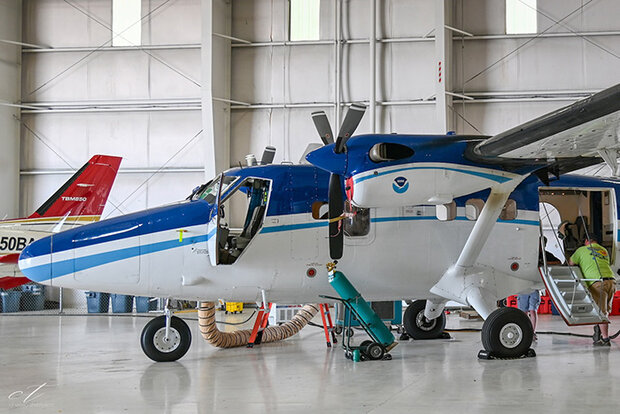Summer airborne research targets Rocky Mountain ozone pollution


Researchers will study air pollution from the ground, in the air, and from space. Credit: NOAA
NOAA scientists and several partners are taking a fresh look at persistent air pollution problems bedeviling the nation’s two largest Mountain West metro regions, Denver and Salt Lake City, from the ground, in the air and from space, during new research projects launched this month.
For two weeks in July, NOAA scientists, joined by NASA scientists and state officials, will be fanning out across northeastern Colorado’s Denver-Julesburg basin, one of the most densely drilled oil and gas regions in the country. Specialized instruments mounted on airplanes, ground vehicles, and stationary sites will allow researchers to measure emissions of greenhouse gases and the air pollutants that contribute to the high summer ozone pollution that has long plagued the Denver Metropolitan Area.
Researchers intend to quantify emissions from oil and gas operations, agriculture, industry, and urban sources, assess to what degree they’ve changed from previous studies, and evaluate their contributions to summertime ozone in the Front Range. Findings will help the Colorado Department of Public Health and Environment, which is supporting the project, determine the effectiveness of state policies to reduce ozone levels that currently exceed national air quality standards.